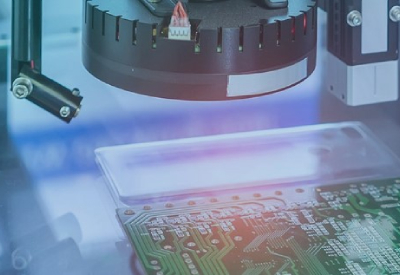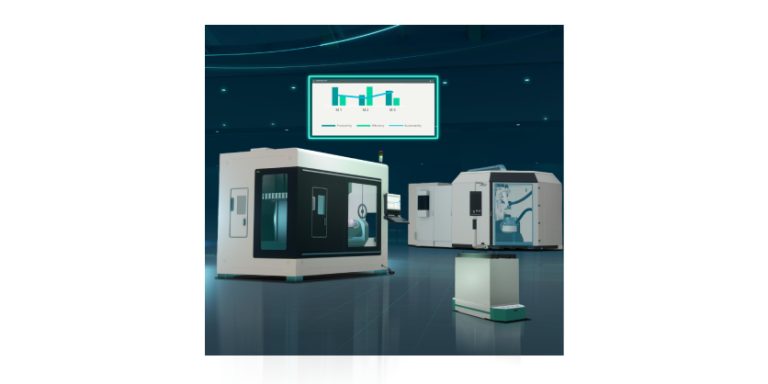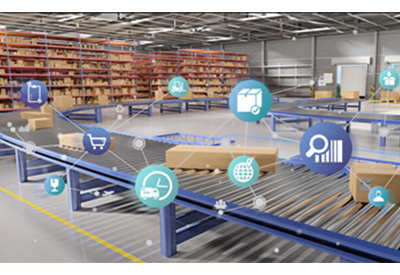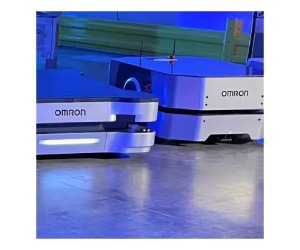Advancing Machine Design with the Power of Collaboration and AI
February 25, 2025

Discover how inclusive software and all-in-one automation platforms are transforming the industry and meeting diverse user needs.
The Power of Collaboration in Machine Design
Successful machine integration in the automation industry hinges on collaboration among various stakeholders, including plant management, operators, engineers, safety officers, and IT teams. This collaborative approach is essential for balancing metrics, best practices, quality, risk, and security. Given the unique nature of each project and the rapid pace of technological changes, machine builders play a crucial role in bridging the gap between early adopters and those lagging behind. By providing expertise and technology, they help end users make informed decisions and improve efficiency, fostering a data-first culture that values the contributions of all team members.
Overcoming Cultural and Financial Challenges
The integration of new technologies in the automation industry faces several challenges. One significant challenge is cultural resistance from team members who may be hesitant to share their knowledge with new automation systems, often due to fears of job loss. Additionally, the integration of AI, particularly the algorithm’s EQ, can be expensive. The cost of integration is often five times the cost of developing the algorithm itself, making it a significant financial hurdle.
The Role of Open Industrial Protocols
Open industrial protocols, such as OPC-UA and EtherCAT®, are vital for advancing automation and predictive edge computing. These protocols enable seamless data exchange across various systems and manufacturers, which helps in identifying and fixing underlying issues. They speed up the adoption of new technologies and improve overall efficiency by providing detailed and accurate data at consistent speeds. Open networks are essential for building a scalable and efficient automation system.
Building Trust with Reliable Software
Factory workers need to trust the software to make reliable production choices. Maintaining software reliability is crucial to avoid issues like missing license keys, expired subscriptions, and software incompatibilities, which can lead to production halts. By digitally deploying software and reducing these risks, the setup of new machinery can be sped up, and the scalability of future projects can be enhanced. Comprehensive platforms that cater to different user preferences, such as pay-per-use or one-time purchase, aim to build trust through software deployment.
The Future of Machine Evaluation by 2025
By 2025, the focus has shifted from evaluating new machines primarily based on their performance to how well they can connect, collect, visualize, and share data. The key value of new machines now lies in their ability to predict performance. This shift underscores the importance of data-driven decision-making and the integration of advanced technologies in the automation industry. The future of machine design is not just about performance but about connectivity and data prediction, setting the stage for a more integrated and intelligent manufacturing environment.
More Information
Related Story
Omron Introduces F440 Smart Camera: Offering Flexibility and Machine Design with Compact and Powerful Machine Vision
Industry-leading automation solutions provider Omron Automation Americas announces the launch of the F440 Smart Camera, an innovative solution designed to add flexibility to machine vision applications. It empowers companies to embed a fully self-contained vision system within machines, providing ease of use while improving performance.





